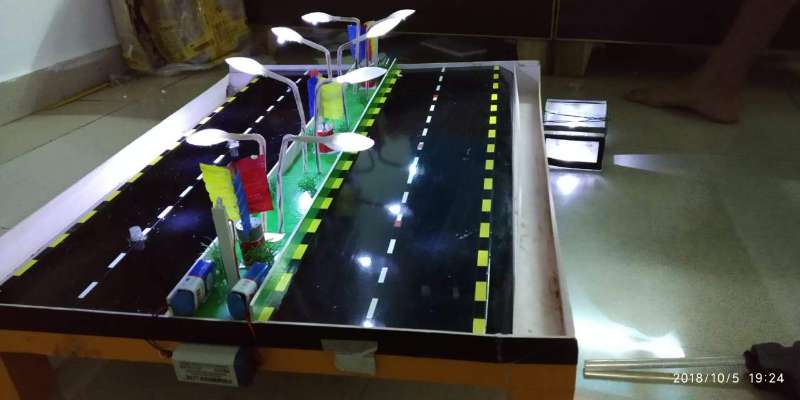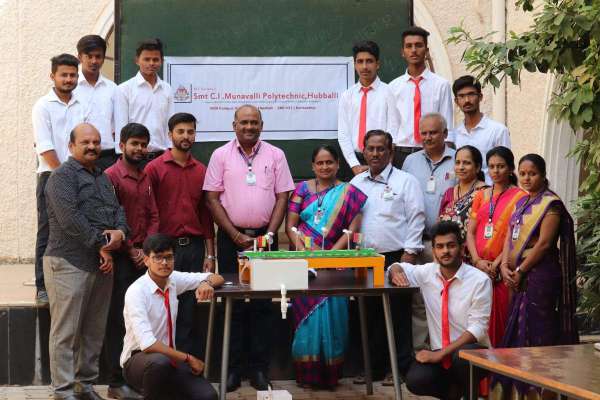Prime Minister Narendra Modi claims that all villages in India now have access to electricity. But the facts tell us a completely different story. Recent World Bank figures say that around 200 million people in India still lack access to electricity.
Our country is the world’s third largest producer and consumer of power, but poor distribution has been one of the biggest challenges we have been facing for eons. However, recently students from the Civil Engineering department of KLE Society’s C I Munavalli Polytechnic College in Hubballi have come up with a way to generate electricity from moving vehicles and rainwater on highways. Two final-year civil engineering students at the college, Pruthviraj S Sarangmath and Prasanna Kalkoti’s project named ‘Strategies for enhancing local water bodies with the production of electricity through water and Enlil turbines’ will help generate electricity on highways and with the help of rainwater.
Their project earned the first prize at Indian International Science Festival (IISF), which was held at Lucknow from October 5 to 8, 2018. An Enlil turbine is a smart vertical axis wind turbine that transforms highways into renewable energy sources by using the dynamics of the city. “The turbine works on wind power. These are vertical axis turbines and when wind passes through them it turns in a circular motion due to which electric energy is produced.
The best place for the implementation of Enlil turbines is on highways or roads where vehicular traffic is more. Due to the movement of vehicles, the turbines will start rotating and thus produce power. These turbines can produce 1KW power per hour, which can be stored and later used to power street lights and also provided to nearby villages,” saysPruthviraj. Pruthvirajexplains that electricity can also be produced with the help of rainwater.
Rainwater is being rampantly wasted in our country, so we have come up with a method to use that rainwater to clean roads and also generate electricity through it. Water and wind are free of cost and we should make proper use of such resources when it is abundantly available to us.
“The rainwater run-off has increased and groundwater recharge has declined. As the roads are built sloped towards the sides, rainwater falling on the road is guided to the side drains. The rainwater which is then collected from the drain is made to fall from a certain height into the tanks that help to produce a certain amount of electricity through dynamo and stored for use later.” The two students completed their first prototype of the project with the help and guidance of faculty members Nagraj Ganachari andAkshyaVastrad. “We discussed the idea with them and they helped us throughout with the production process. Our HOD Vijaya Patil and our principal Veeresh Angadi also supported us,” addsPruthviraj.
Article Credit:- DailyHunt


